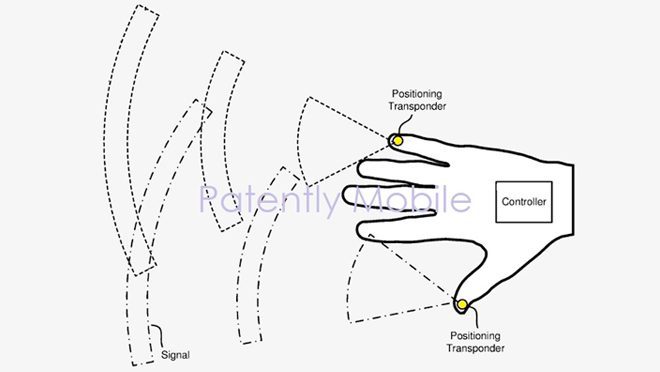Facebook had filed for a patent for future VR Gloves in the Q3 of 2019 which came to surface through the US Patent & Trademark Office which showcases gloves that makes use of millimeter-wave transponders which would be used for user input. According to the patent, artificial reality systems, hand tracking, and gesture can recognize known gestures and respond accordingly.
Likewise, a haptic glove can give haptic feedback which can track the user’s motion and provide tactile feedback. It covers an artificial reality system to determine the location of the glove. The artificial reality system can identify the signals through the re-radiated signals to determine the position of the other transponder.
The transponders may re-radiate signals in a millimetre-wave band. The extremely high frequency (EHF) band encompasses frequencies from 30 GHz through 300 GHz, and wavelengths between 1 mm and 1 cm.

In some cases, the antennas can emit and receive waves outside the EHF band, such as the ones in the UHF band, SHF band, or even from the terahertz band (100 .mu.m to 1 mm). In some cases, the signals can be received even if the positioning transponders are not in the direct line of sight of an interrogating antenna. Furthermore, if the wavelength is correct, the signals can travel through objects.
Before Facebook can make this VR Gloves available for marketing, they need to undergo a period of the training procedure.
In this period, the gloves need to identify gestures performed by the user, and this, in turn, requires the user to perform a series of training trials for various training gestures. The signals used during the training period will construct the parameters for the system, and the quality of calibration will gradually improve along with the increase of the number of training trials performed in each training gesture.




